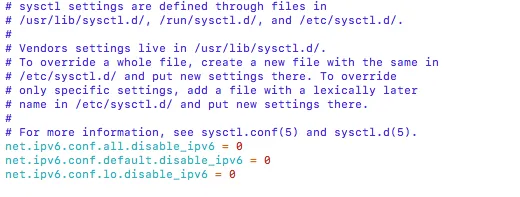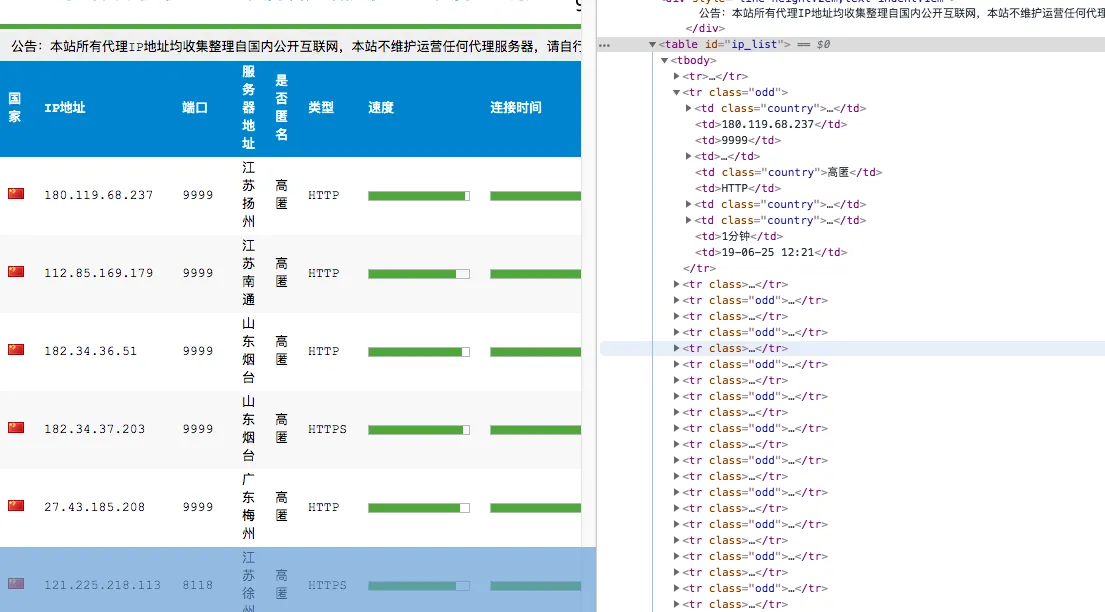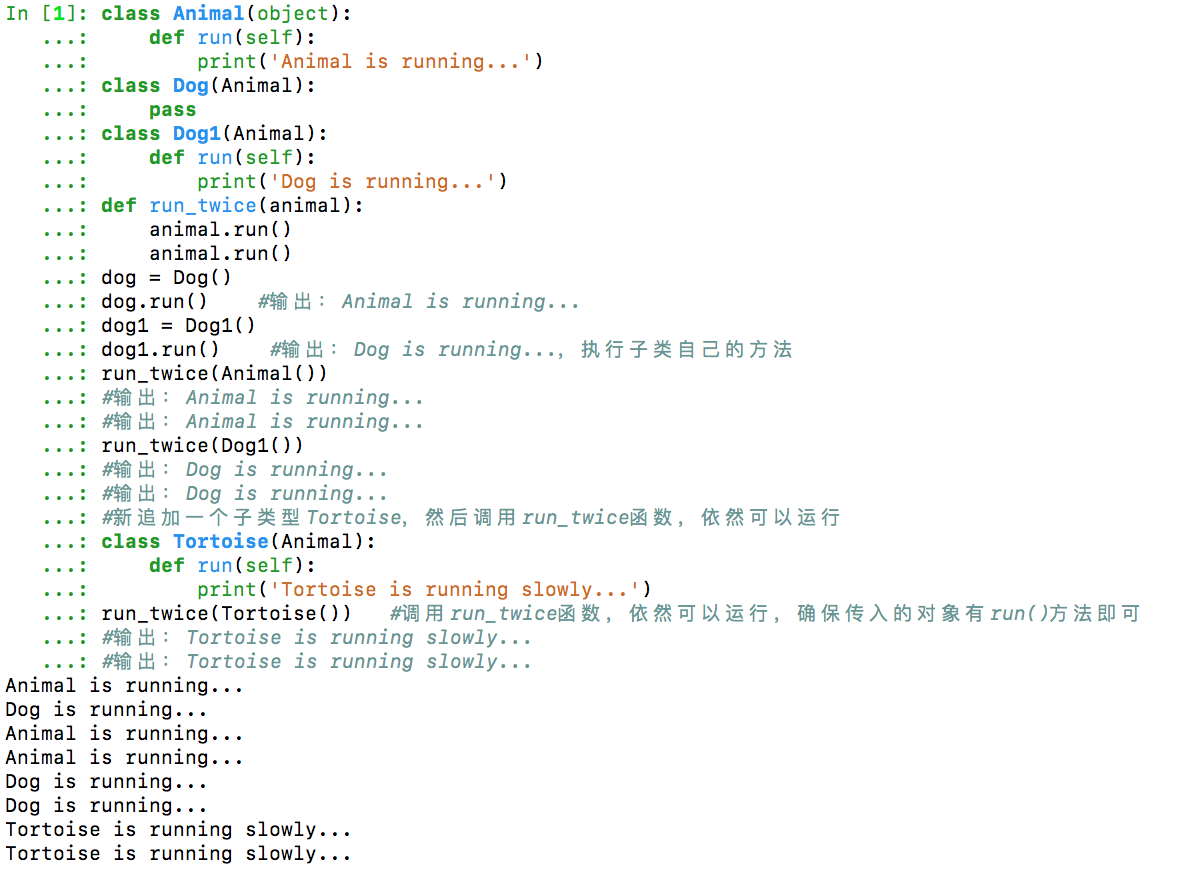分类 Miscellaneous 中的文章
Use Cloudflare Workers to Free Accelerate WordPress Blog
How to fix Google AdSense warnings about revenue loss risk due to ads.txt issues
Nginx reverse proxy TCP/UDP requests to map remote servers
Install VNC Server on Alibaba Cloud centos7 for Graphical Access
Using Google Chrome to Test Interface Techniques
How to Enable IPv6 Access on Alibaba Cloud ECS
By default, the CentOS image on Alibaba Cloud comments out IPv6. Enabling it requires using a dual-stack IPv4 and IPv6 network, which needs to be applied for under beta testing—this isn’t very convenient. Instead, we can use an IPv6 tunnel provided by tunnelbroker.net to enable IPv6 access. Also, if you’re on campus and using China Telecom, you can get an IPv6 address directly. So, if the Alibaba Cloud server supports IPv6, you can browse the web for free.
1. Enable IPv6 Access
vi /etc/sysctl.conf
Uncomment the following three lines and change the value from 1 to 0, as shown below:

Then reload the configuration with:
sysctl -p
IPv6 should now be supported.
2. Get an IPv6 Address via Tunnelbroker
Go to https://tunnelbroker.net and register for an account. Make sure your password is complex enough or the registration may fail.
After logging in, go to the bottom left and select “Create Regular Tunnel”:
……Using Soft-EtherVPN to Set Up OpenVPN to Bypass Webpage Authentication
Build a Google Mirror Site Using Docker
Due to a new environment where the router does not support installing Shadowsocks or V2Ray, accessing Google to search vast technical content in English is not possible. Here, we use the official Google mirror container to build a Google mirror site and map it to our existing domain.
Requirements:
- A VPS such as Vultr, etc.
- A domain name. In this case, we use
google.bobobk.comas the Google mirror domain.
I chose an Amazon VPS. Since I couldn’t find a good CentOS image, I used Ubuntu as the operating system.
Steps to build the mirror site:
- Set domain DNS to point to your VPS
- Add the site to your nginx server. I used the BT (BaoTa) panel, which is quite convenient.
- Modify the config file to set up a reverse proxy to Docker’s mapped port
1. Set domain resolution
Since I use Cloudflare CDN, I’ll use it as an example.
……Extracting Free High Anonymity Proxies with Python3
Writing web crawlers often leads to problems like IP bans or rate limits. Having an efficient IP proxy pool is quite important. Here, we introduce how to extract valid IPs from public proxy sources and build your own efficient crawler proxy pool.
Main Modules:
- Use
requeststo crawl proxies - Update and check available proxies
Crawling Proxies with requests, using xici as an example
Anonymous proxy page: xici, inspect elements.

Each proxy is contained in a tr under the element with id ip_list, and detailed info is under td. Therefore, the CSS selector can be
content.css("#ip_list").css(“tr”), then extract the 1st and 6th elements.
Later, we add IP availability checking logic, and store successful ones into a JSON file. After that, available proxy information can be accessed via HTTP.
#!/root/anaconda3/bin/python
from scrapy.selector import Selector
import redis
import requests
import json
import requests
from requests.packages.urllib3.exceptions import InsecureRequestWarning
requests.packages.urllib3.disable_warnings(InsecureRequestWarning)
import random
def get_headers():
USER_AGENT_LIST = [
'Mozilla/4.0 (compatible; MSIE 7.0; Windows NT 5.1; WOW64; Trident/4.0; SLCC2; .NET CLR 2.0.50727; .NET CLR 3.5.30729; .NET CLR 3.0.30729; Media Center PC 6.0; 360SE)',
'Mozilla/5.0 (Macintosh; Intel Mac OS X 10_13_6) AppleWebKit/537.36 (KHTML, like Gecko) Chrome/74.0.3729.169 Safari/537.36',
'Mozilla/4.0 (compatible; MSIE 6.0; Windows NT 5.1; WOW64; Trident/4.0; SLCC2; .NET CLR 2.0.50727; .NET CLR 3.5.30729; .NET CLR 3.0.30729; .NET4.0C; .NET4.0E; 360SE)'
'Mozilla/5.0 (Windows NT 10.0; Win64; x64) AppleWebKit/537.36 (KHTML, like Gecko) Chrome/64.0.3282.140 Safari/537.36 Edge/18.17763',
'"Mozilla/5.0 (Linux; Android 6.0.1; Nexus 5X Build/MMB29P) AppleWebKit/537.36 (KHTML, like Gecko) Chrome/41.0.2272.96 Mobile Safari/537.36',
'Mozilla/5.0 (Windows NT 10.0; WOW64) AppleWebKit/537.36 (KHTML, like Gecko) Chrome/58.0.3029.110 Safari/537.36 SE 2.X MetaSr 1.0',
]
USER_AGENT = random.choice(USER_AGENT_LIST)
return {'User-Agent':USER_AGENT}
def get_random_proxy():
https_pro=[i for i in pro if "https" in i]
if len(https_pro)==0:
return None
else:
return https_pro[random.randint(0,len(https_pro))]
def crawl_ip():
for i in range(5):
rand_ip = get_random_proxy()
if rand_ip:
r =requests.get('https://www.xicidaili.com/nn/{}'.format(str(i+1)),headers=get_headers())
else:
r =requests.get('https://www.xicidaili.com/nn/{}'.format(str(i+1)),headers=get_headers(),proxies=proxies_ip(rand_ip))
content = Selector(r)
ip_list = content.css("#ip_list").css("tr")
for i in ip_list[1:]:
info = i.css("td::text").extract()
ip = info[0]
protoco = info[5].strip().lower()
if protoco=="http" or protoco=="https":
url = protoco + '://' + ip + ':' + info[1]
else:
url = 'http://' + ip + ':' + info[1]
validate_ip(url)
def proxies_ip(url):
if 'https' not in url:
proxies={'http':url}
else:
proxies={'https':url}
return proxies
def validate_ip(url):
proxies = proxies_ip(url)
if url not in pro:
bobo_url=http_url
if "https" in url:
bobo_url=https_url
try:
r = requests.get(bobo_url, headers=get_headers(), proxies=proxies, timeout=1)
pro.append(url)
print('ip %s validated' % url)
except Exception as e:
print('cant check ip %s' % url)
def check_current_ip(): # Update and check usable proxies
curr = open(JSON_PATH).read()
if curr!='':
for url in json.loads(open(JSON_PATH).read()):
validate_ip(url)
if __name__ =='__main__':
http_url = "http://www.bobobk.com"
https_url = "https://www.bobobk.com"
pro = []
TXT_PATH = '/www/wwwroot/default/daili.txt'
JSON_PATH='/www/wwwroot/default/daili.json'
PROXYCHAIN_CONF='/www/wwwroot/default/proxy.conf'
check_current_ip()
crawl_ip()
with open(JSON_PATH,'w') as fw:
fw.write(json.dumps(list(set(pro))))
fw.close()
with open(TXT_PATH,'w') as fw:
for i in set(pro):
fw.write(i+"n")
fw.close()
Update and Check Usable Proxies
Before each page fetch, the script checks for usable proxies, and automatically uses them to fetch new ones. This setup can run stably.
……Sharing These Python Tips
Despite having programmed in Python for many years, I’m still amazed by how clean the code can be and how well it adheres to the DRY (Don’t Repeat Yourself) programming principle. My experience over the years has taught me many small tricks and pieces of knowledge, mostly gained from reading popular open-source software like Django, Flask, and Requests.
Here are a few tips I’ve picked out that are often overlooked, but can genuinely help us in daily programming.
1. Dictionary Comprehensions and Set Comprehensions
Most Python programmers know and use list comprehensions. If you’re not familiar with the concept of list comprehensions, it’s a shorter, more concise way to create a list.
>>> some_list = [1, 2, 3, 4]
>>> another_list = [ x + 1 for x in some_list ]
>>> another_list
[2, 3, 4, 5]
Since Python 3, we can use the same syntax to create sets and dictionaries:
……Python Class Inheritance and Polymorphism
In Object-Oriented Programming (OOP), when defining a class, you can inherit from an existing class. The new class is called a Subclass, and the inherited class is called a Base class, Parent class, or Super class.
Format:
SubclassName(ParentClassName):
pass
Usage Example
class Animal(object):
def run(self):
print('Animal is running...')
class Dog(Animal):
pass
class Dog1(Animal):
def run(self):
print('Dog is running...')
def run_twice(animal):
animal.run()
animal.run()
dog = Dog()
dog.run() # Output: Animal is running...
dog1 = Dog1()
dog1.run() # Output: Dog is running..., executes the subclass's own method
run_twice(Animal())
# Output: Animal is running...
# Output: Animal is running...
run_twice(Dog1())
# Output: Dog is running...
# Output: Dog is running...
# Add a new subclass Tortoise, then call the run_twice function, it still works
class Tortoise(Animal):
def run(self):
print('Tortoise is running slowly...')
run_twice(Tortoise()) # Calling run_twice function, it still works, just ensure the passed object has a run() method
# Output: Tortoise is running slowly...
# Output: Tortoise is running slowly...
